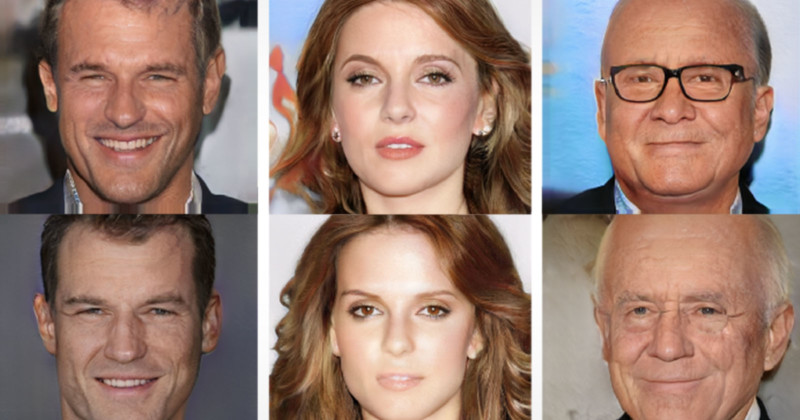Researchers are developing “mind-reading” technology that can translate a person’s brainwaves into photographic images.
In an article published in Nature, researchers at Radboud University in the Netherlands revealed the results from an experiment where they showed photos of faces to two volunteers inside a powerful brain-reading functional magnetic resonance imaging (fMRI) scanner.
An fMRI scanner is a type of noninvasive brain imaging technology that detects brain activity by measuring changes in blood flow.
As the volunteers looked at the images of faces, the fMRI scanned the activity of neurons in the areas of their brain responsible for vision.
The researchers then fed this information into a computer’s artificial intelligence (AI) algorithm which could build an accurate image based on the information from the fMRI scan.

As the results of the experiment show, the fMRI/AI system was able to almost identically reconstruct the original images that the volunteers were shown.
AI researcher and a cognitive neuroscientist, Thirza Dado, who led the study, believes that these highly impressive results demonstrate the potential for fMRI/AI systems to effectively read minds in future, according to the Mail Online.
“I believe we can train the algorithm not only to picture accurately a face you’re looking at, but also any face you imagine vividly, such as your mother’s,” explains Dado.
“By developing this technology, it would be fascinating to decode and recreate subjective experiences, perhaps even your dreams,” Dado says. “Such technological knowledge could also be incorporated into clinical applications such as communicating with patients who are locked within deep comas.”
Dado’s work is focused on using the technology to help restore vision in people who, through disease or accident, have become blind, reports the Mail Online.
“We are already developing brain-implant cameras that will stimulate people’s brains so they can see again,” Dado says.
![]()
To “train” the AI system, the volunteers had previously been shown a series of other faces while their brains were being scanned.
According to the experiment, the key is that the photographic pictures they saw were not of real people, but essentially a paint-by-numbers picture created by a computer where each tiny dot of light or darkness is given a unique computer program code.
The fMRI scan was able to detect how the volunteers’ neurons responded to these “training” images. The artificial intelligence system then translated each volunteer’s neuron reaction back into computer code to recreate the photographic portrait.
In the test, neither the volunteers nor the AI system had ever seen the faces that were decoded and recreated so accurately.
Image credits: All photos by Thirza Dado/Radboud University/Nature Scientific Reports.
Author: Pesala Bandara
Source: Petapixel



